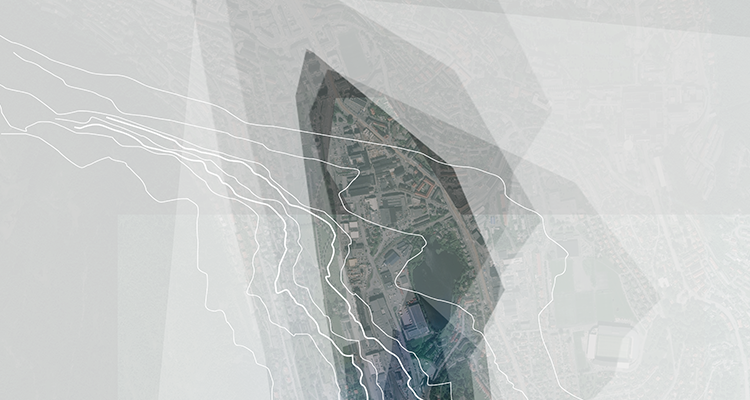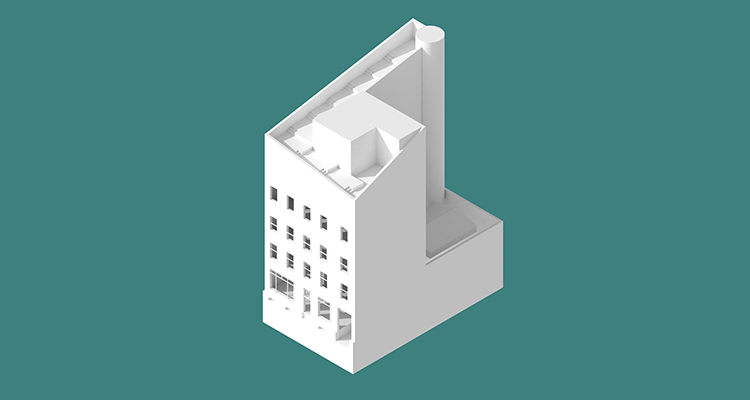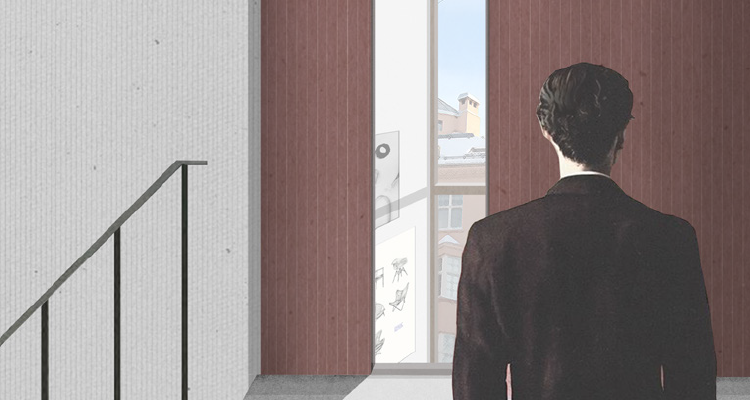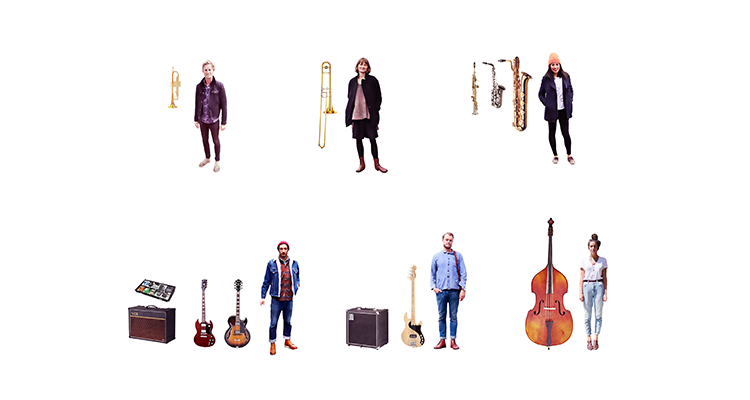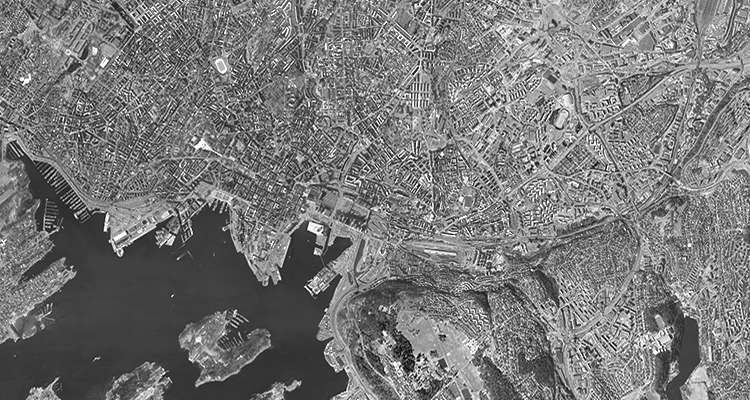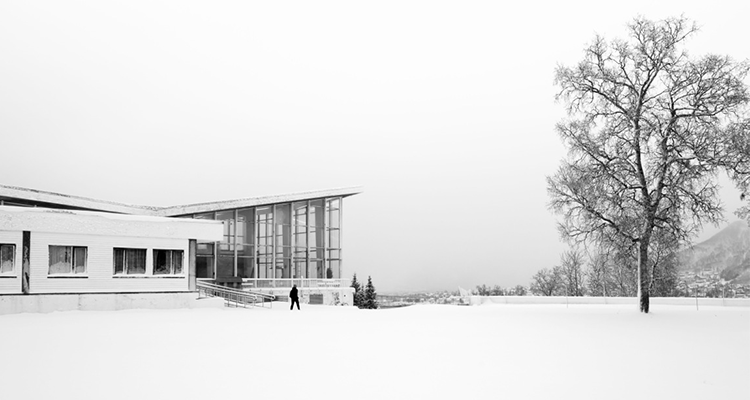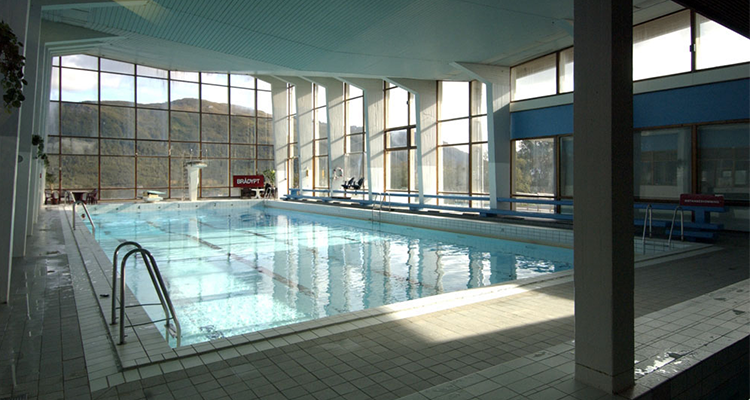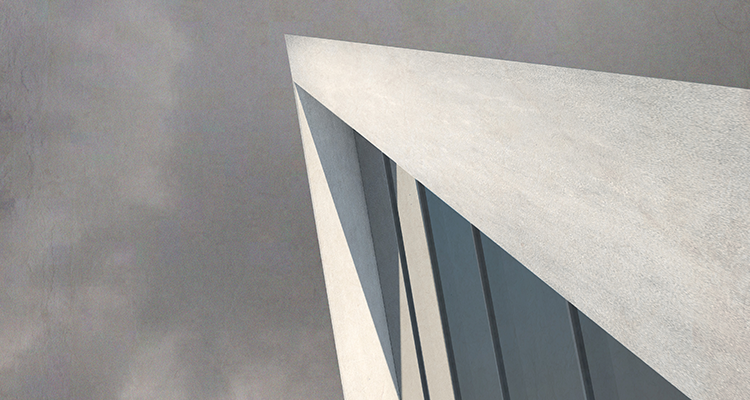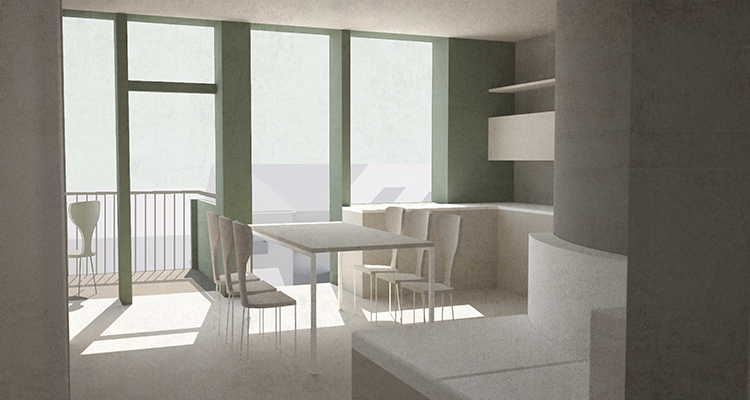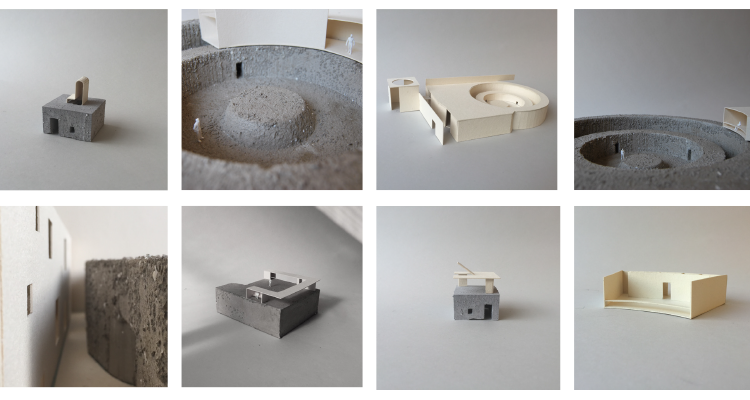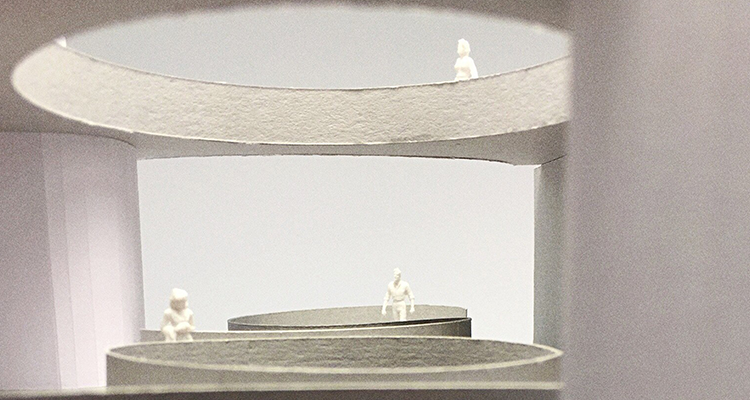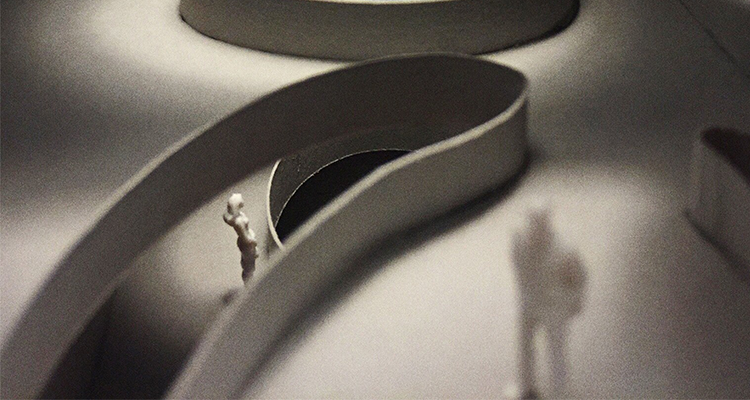Diploma project
The project positions itself within the discussion on the lack of facilities for art and cultural production as part of urban development strategies. It also investigates how to create good living spaces in complex and high density urban sites.
Jazz education in Norway has a tradition of focusing on the potential and unique voice of each student. Music is seen as a language, and the goal is to learn how to speak it.
This project proposes a scenario where the jazz department in Trondheim is given its own building, located in the city centre. The direct contact with the city is intended to strengthen the identity of the students and the music they make. It is an investigation of the architectural potential connected to a specific group of musicians and their attitude towards a creative process.
The new landscape and the program interact in a new manner.
Nature is absent, while architecture is an essential component of the urban landscape, therefore, its role becomes more significant. What qualities does architecture possess that can provide a framework for social interaction and spatial variations, as generous as the landscape of nature?
The buildingís future is uncertain due to a new water park scheduled for construction in the near future.
My idea for Alfheim's future is to transform this old and battered building into a cultural "open house" with rotating exhibition spaces, concert- and performance venues and a visitor center for tourist.
The exhibition greenhouse consists of two parts: the tropical rainforest and the arctic tundra biome. The visitors will experience the biodiversity of these zones, but also learn about the challenges they’re facing. In addition to the exhibition part, the building contains a climate conference center, educational facilities, a natural science library and new offices for The Natural History Museum.
The context of Herslebs gate 31 at Tøyen, Oslo, is an urban infill within a neighborhood undergoing gentrification, struggling with a high turnover of residents.
The thesis is an example of how a strategy of specific qualities and capacities can generate architecture that facilitates a good neighborhood.
In 1942 Adolf Hitler commanded Batterie Dietl built on Engeløya in Steigen municipality as a part of the defence line’s “West Wall”. With a maximum gun range of 56 km it is one of the 2nd World War’s largest coastal fortifications in Europe. The fort guarded the entrance of the Vestfjord and the shipping traffic to Narvik, where iron ore from Sweden was retrieved and brought to Germany’s arms factories.
